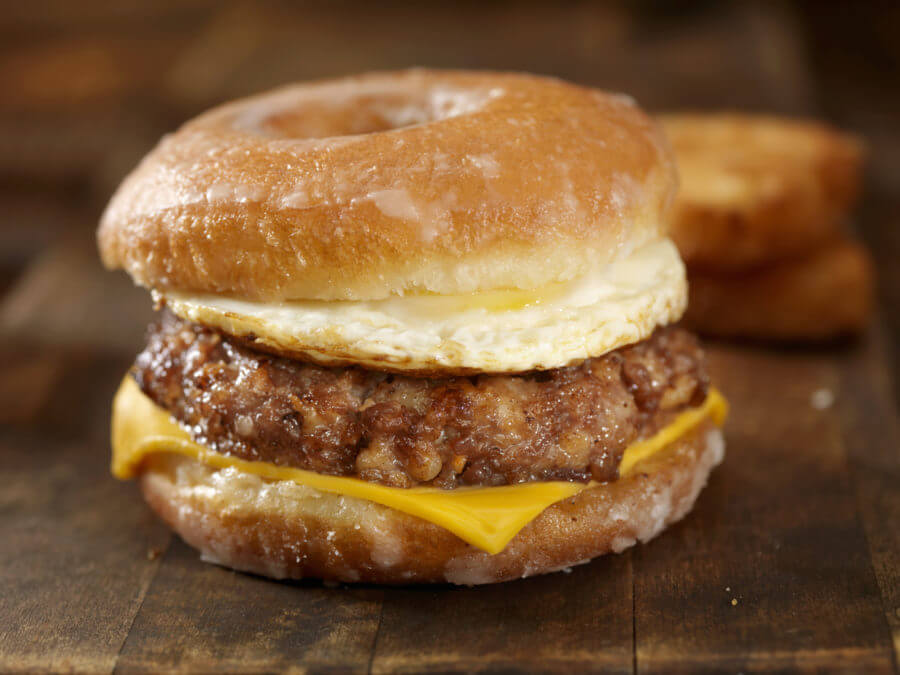For many people, breakfast is a standard part of the day. And even if it’s your favorite part, it’s easy to take breakfast food at face value. Let’s say you’re making a delicious omelette, for example. There’s a good chance you go on autopilot and crack some eggs, throw in a few veggies, and dig in. Or, if you want to grab a breakfast sandwich on the way to work, all you need do is swing by a deli and say a few magic words. Yet, in the beginning, most of the breakfast foods we eat daily didn’t look like they do now.
Food, after all, reflects whatever is happening in history at the time. And as culture and society have evolved over the years, so have our favorite foods. For instance, throughout the 1900s, the texture and flavor of banana bread changed according to the political climate in the United States. It all came down to what was available at the time and how people used it.
When you adore breakfast foods as much as we do, this sort of history can make your heart skip a beat.
It’s one thing to learn about the origin of different foods and how they came about. However, understanding how they’ve changed since then is an awesome way to take that appreciation even further. Besides, if it wasn’t for these historical changes, our favorite breakfast foods that we know and love would look super different.
Let’s look at 15 popular breakfast foods and how they’ve evolved throughout history.
1. Pop-Tarts
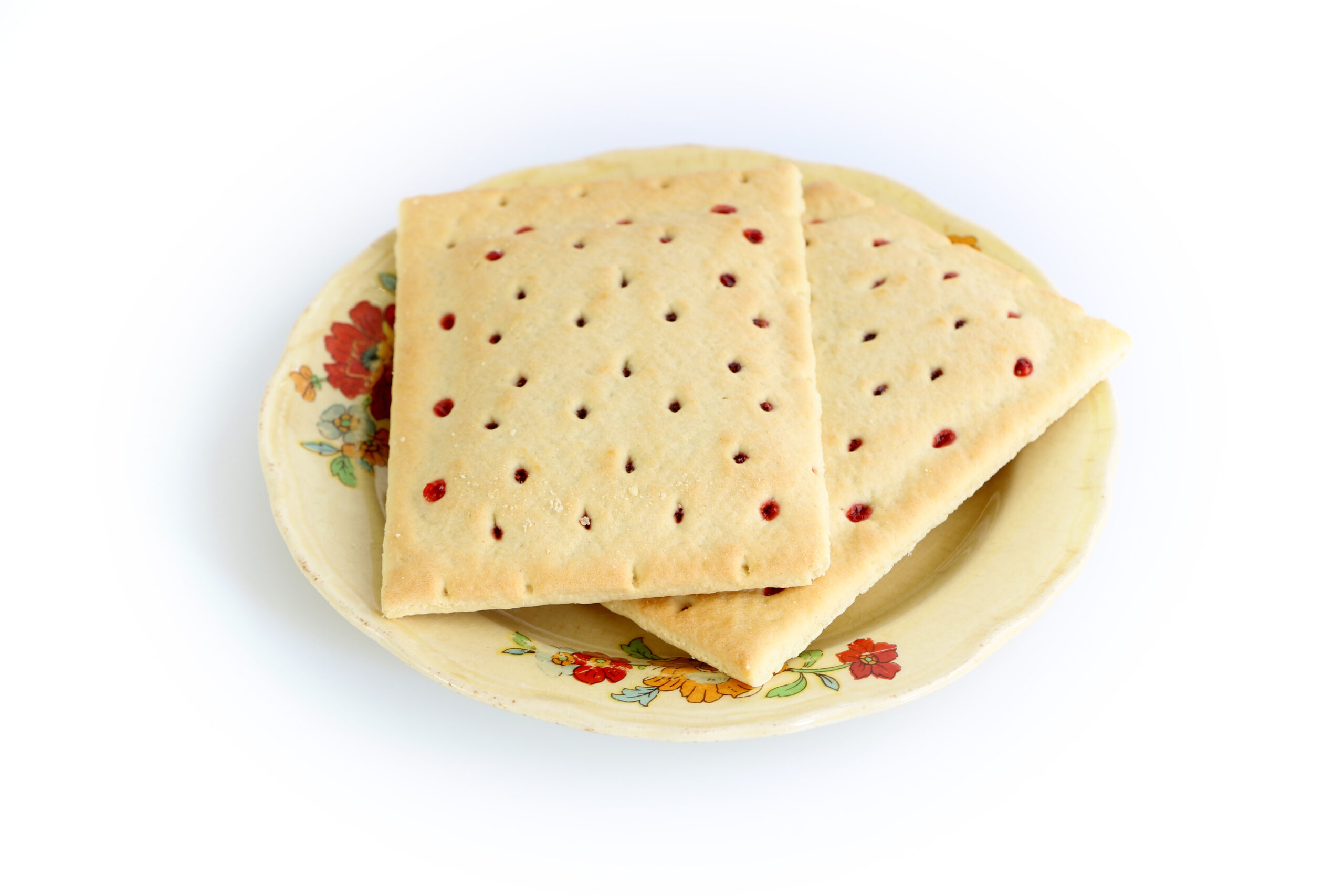
Once upon a time, Kellogg’s Pop-Tarts were only available unfrosted.
It’s a pretty weird thought, considering the iconic look of modern-day frosted Pop-Tarts. However, back in 1963, the four original flavors — blueberry, strawberry, apple current, and brown sugar cinnamon — were all unfrosted. By 1967, Kellogg’s released frosted Pop-Tarts, and the rest was history. (You can still buy unfrosted Pop-Tarts today, though.)
2. Doughnut

The first-recorded doughnuts were made of sweet dough fried in pork fat.
They were made by the Dutch and called oily cakes, or “olykoeks.” And when Dutch pilgrims arrived in America, their fried cakes came along, too. But it was difficult to evenly cook doughnuts in a frying kettle, so the centers were often uncooked. They fixed this problem by adding ingredients like prunes or apple to the center of the doughnuts.
In other words, the original doughnuts didn’t have the iconic hole.
By the mid-19th century, doughnuts with holes gradually emerged. Rumor has it that a captain on a ship put a doughnut on the spoke of the wheel, and the doughnut with a hole was born. Either way, by 1920, doughnut machines were a thing. The holes were also quite big — 1 1/2 inches, to be exact. The hole shrunk to 7/8 inch in 1937, and again to 3/8 inch in 1948.
3. Pancakes
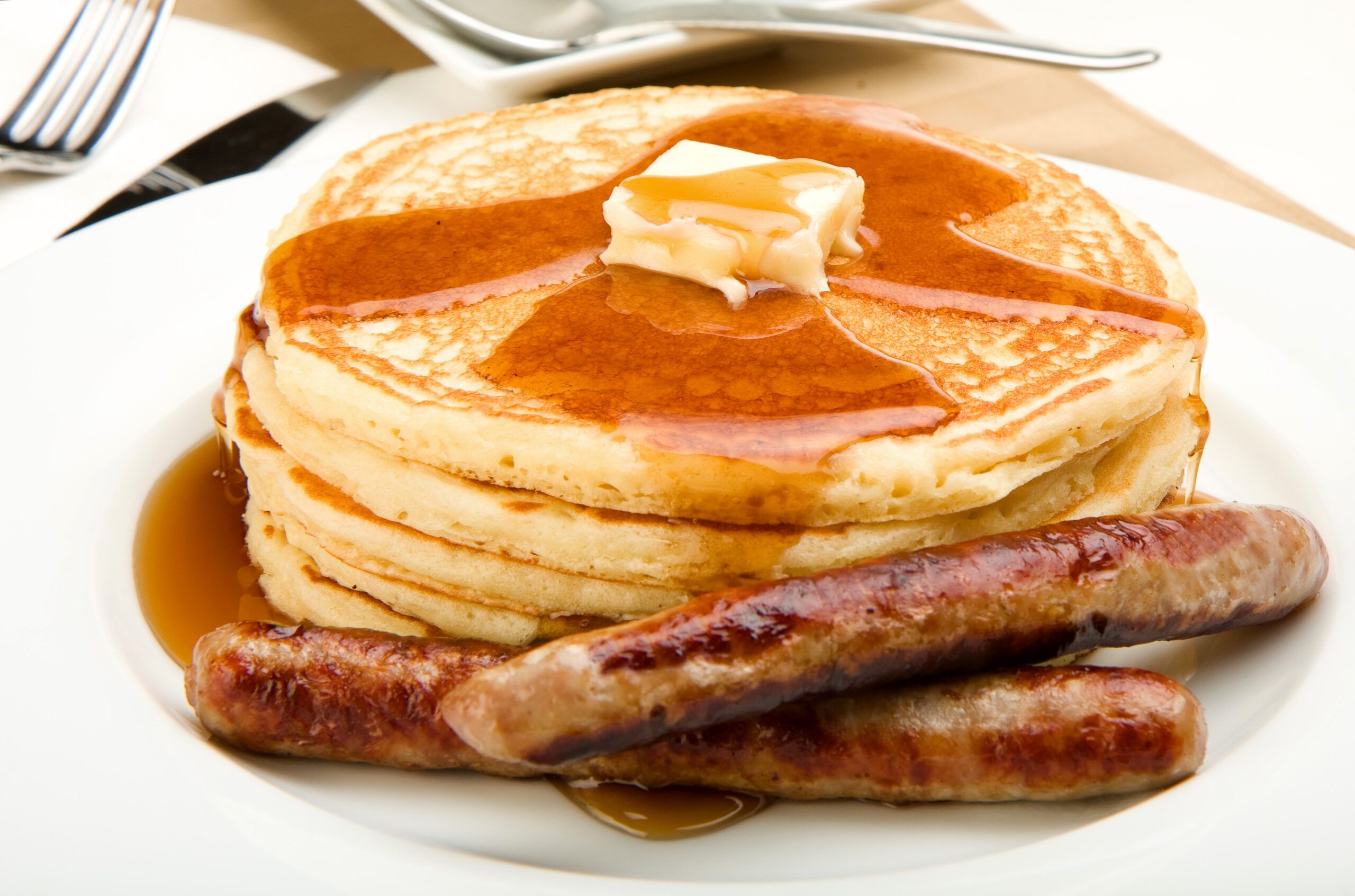
According to National Geographic, prehistoric people likely ate pancakes (or pancake-like cakes) about 30,000 years ago.
And as you can imagine, pancakes have changed a lot since then. Our prehistoric ancestors used flour made of plants like cattail and fern; today’s pancakes are generally made with wheat flour. Plus, throughout history, the toppings have changed quite a bit. For example, the ancient Greeks and Romans ate pancakes with honey, while the Elizabethans added ingredients like sherry, spices, and rosewater. (The ancient Greek version, called tiganites, are rumored to be the first documented pancakes in the world.)
4. Breakfast Sandwich
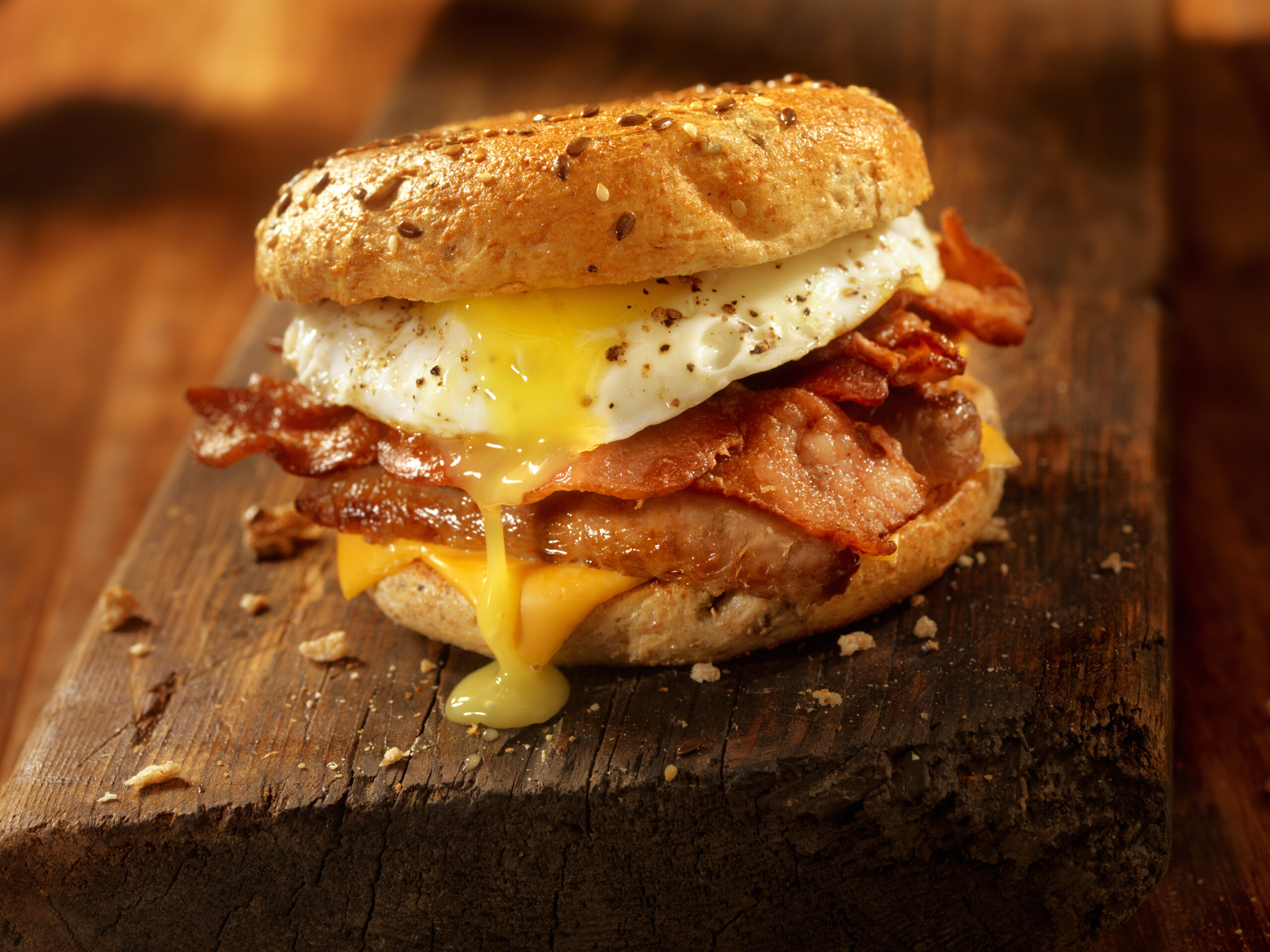
Speaking of bread, breakfast sandwiches have also evolved throughout history.
Breakfast sandwiches have their roots in 19th century London. During the British industrial revolution, factory workers ate them on their way to work. Back then, they were made of soft rolls (called baps) and eggs and meat, like sausage, bacon, or even just some sausage grease. The sandwiches were known as “bap sandwiches.”
When the industrial revolution made its way to the U.S., breakfast sandwiches appeared stateside.
The first recipe for an American breakfast sandwich was written in 1897 — and it’s nothing like the breakfast sandwiches of today. The recipe instructs you to place chopped meat in between stale bread. Next, you pour a mixture of milk, salt, and egg over the sandwich, then fry the entire thing in butter. It’s a far cry from today’s breakfast sandwiches, which are full of cheesy goodness and made with all types of bread.
5. Crepes
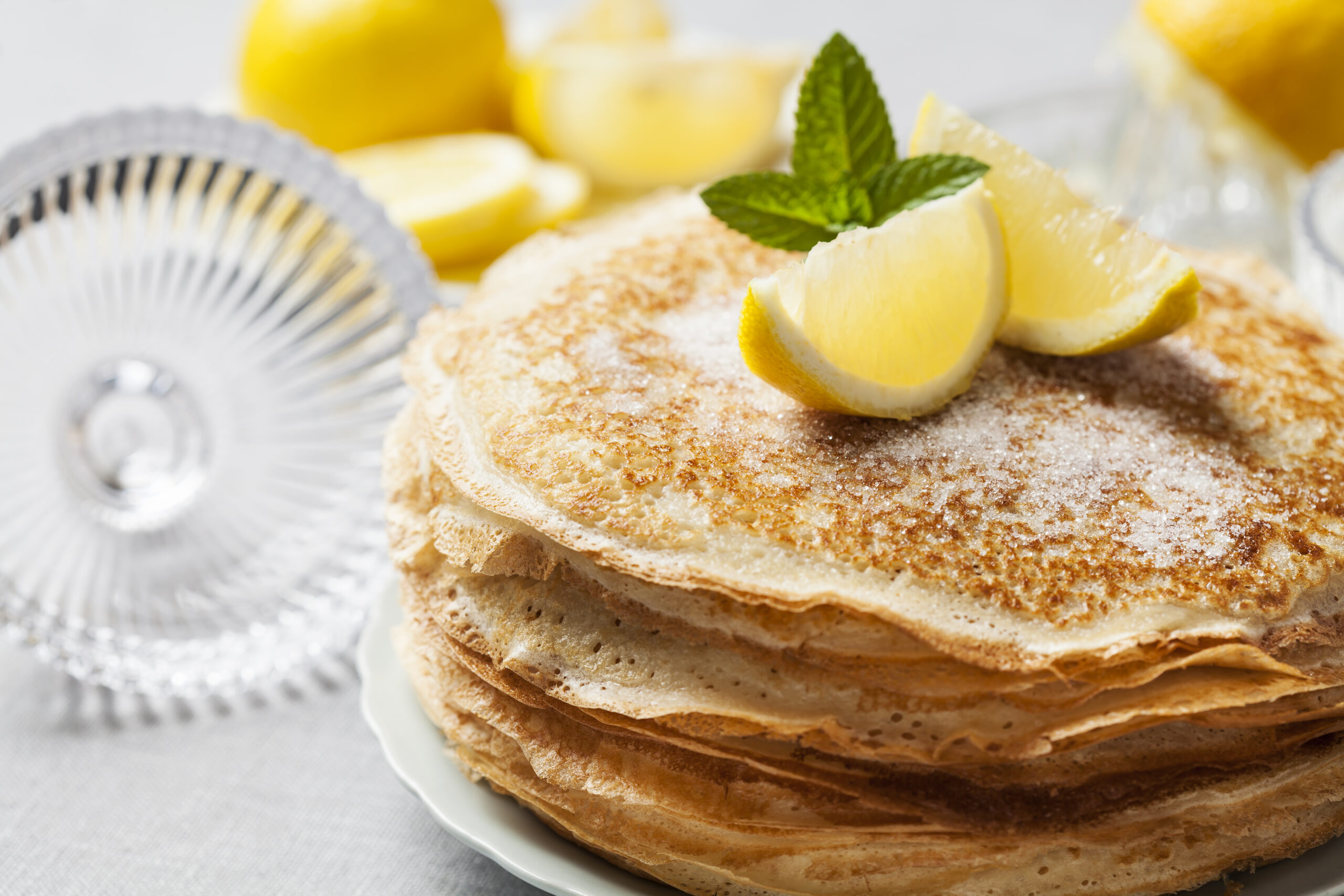
As a relative of the pancake, crepes have been around for centuries.
And for the most part, they haven’t changed much. The first-ever recipe, which is from 14th century medieval France, includes standard ingredients like flour, eggs, salt, water, and powdered sugar. No surprise there. But here’s the kicker: The original crepe batter also called for wine. Now, excuse me while I go make a medieval French breakfast…
6. Bread
From French toast to egg and cheese sandwiches, breakfast wouldn’t be possible without bread.
Bread also happens to be one of the oldest foods in history. Yet, the first-ever breads didn’t look like modern bread at all. They were actually similar to flat breads and porridge, which could be cooked and easily transported. It took about 7,000 years for people to realize that they could make leavened breads with yeast. Fast forward to today and we’ve got bread in all shapes and sizes.
7. Banana Bread
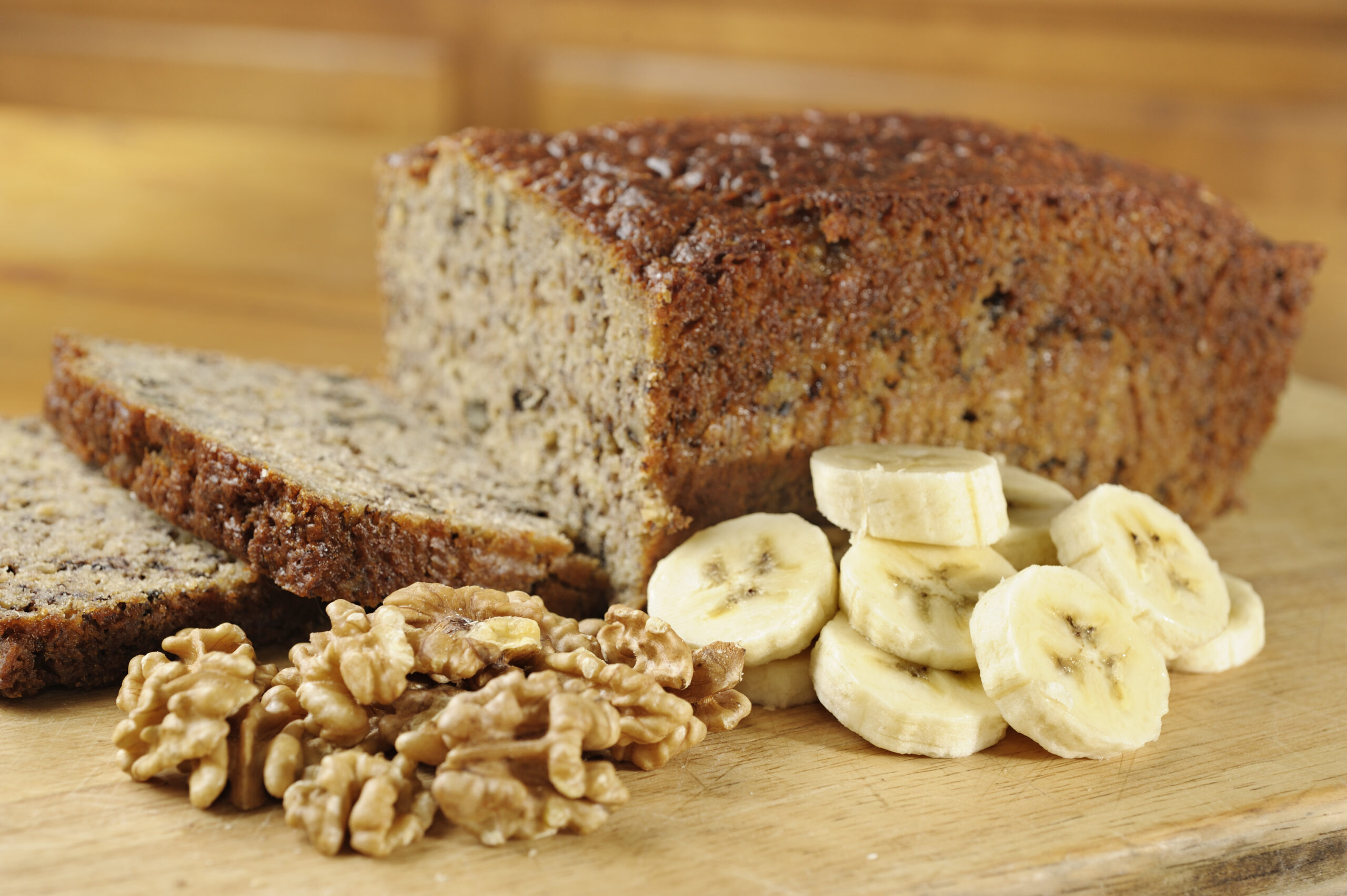
The history of banana bread started in the 1930s, during the Great Depression.
Since food was scarce, people were forced to make the most out of what they had in the kitchen. This included overripe bananas, which normally would have been tossed. The result was banana bread, one of today’s most popular breakfasts/snacks/desserts. However, the first banana breads in the 1930s were small and rough. They were made with a lot of wheat bran, along with less sugar and fat.
In the 1940s, during World War II, people made banana bread with inexpensive buttermilk due to food rationing.
And by the 1950s, banana bread loaves got bigger, but they didn’t have much flavor. As the decades rolled by, people started to experiment and add spices like cinnamon and nutmeg. These days, banana bread is sweeter and moister. It’s also made with all different types of flour and add-ins, like dried cranberries or chocolate chips.
8. French Toast
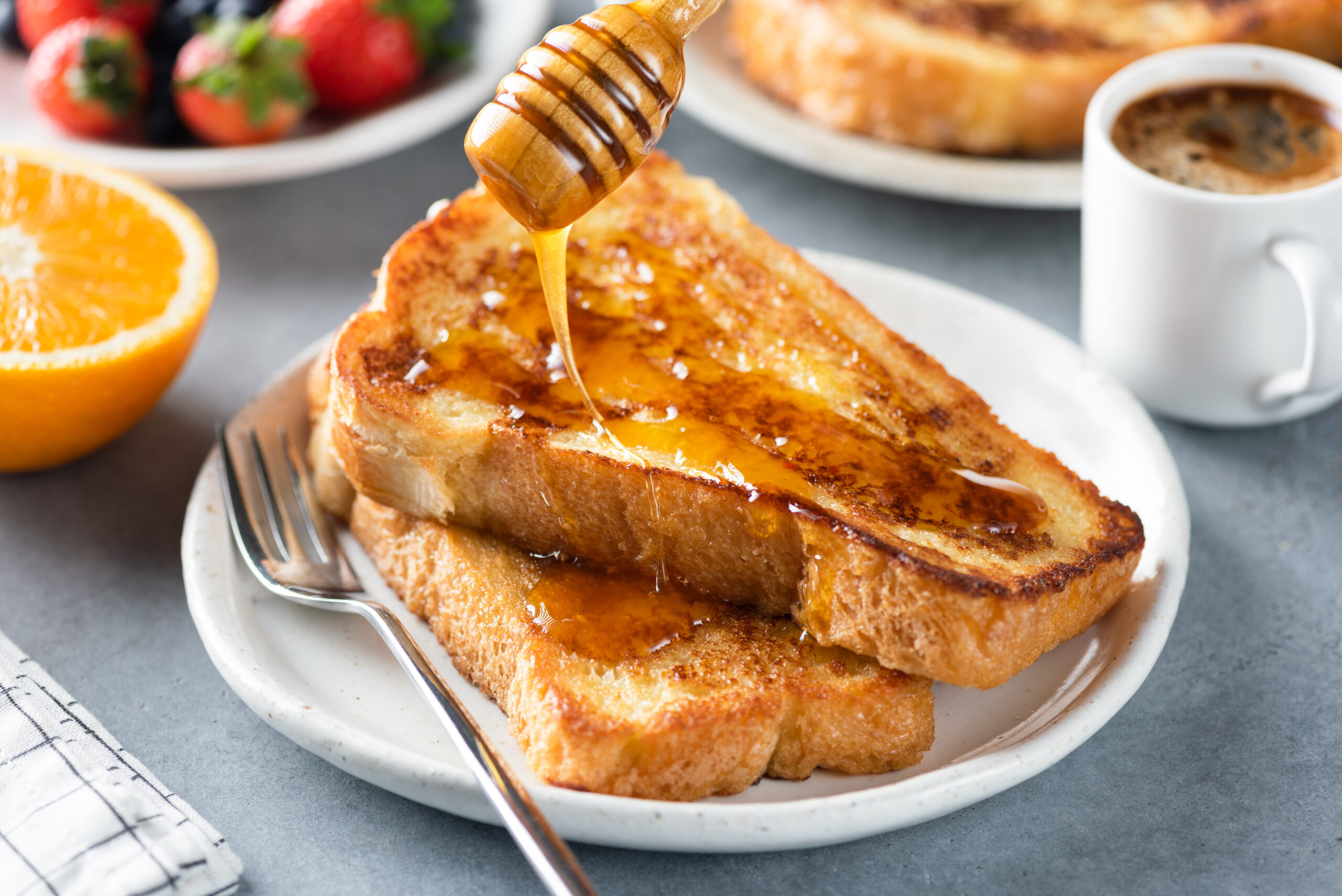
Allegedly, the first French toast-like recipes started with the ancient Romans during the 5th century.
Their dish, called aliter dulcia (“another sweet dish”), didn’t use any eggs. It was made by dipping bread in milk and frying it in oil and butter. But during the Middle Ages, which lasted from the 5th to 15th centuries, people started using a mixture of milk and eggs. The recipe lived on throughout the 16th and 17th centuries, making its way around Europe, including France. Today, French toast is enjoyed both sweet and savory.
9. Waffles
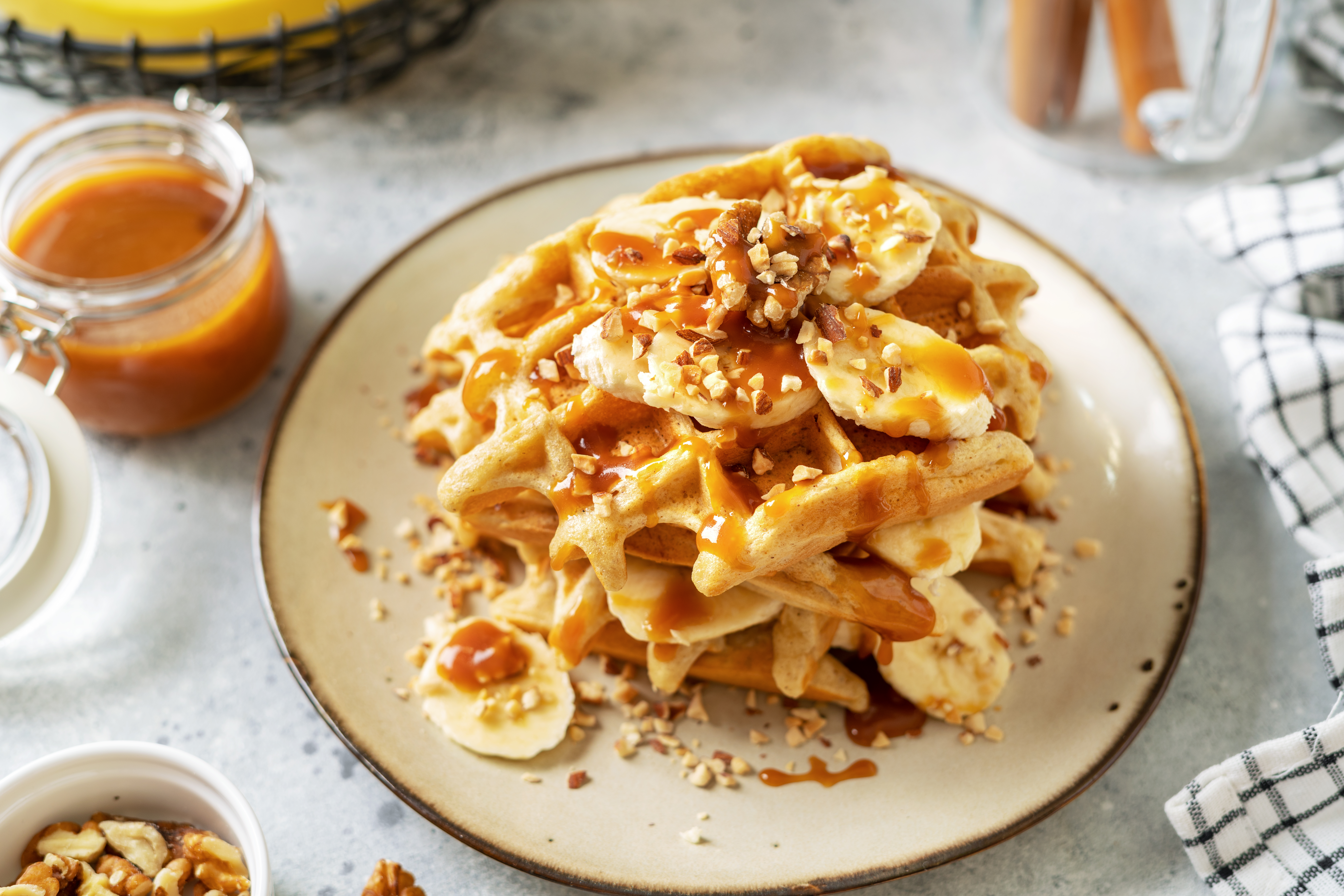
Compared to modern-day waffles, medieval versions looked so much cooler.
According to Smithsonian Magazine, waffles originated from wafers baked between decorative metal plates. They were created by medieval bakeries, who wanted to make their own versions of communion wafers. The metal plates, which featured elaborate designs like biblical scenes and coat of arms, produced beautiful thin cakes that would put today’s basic waffles to shame. Over time, the wafers evolved into thick and fluffy waffles that we enjoy today.
10. Hot Chocolate
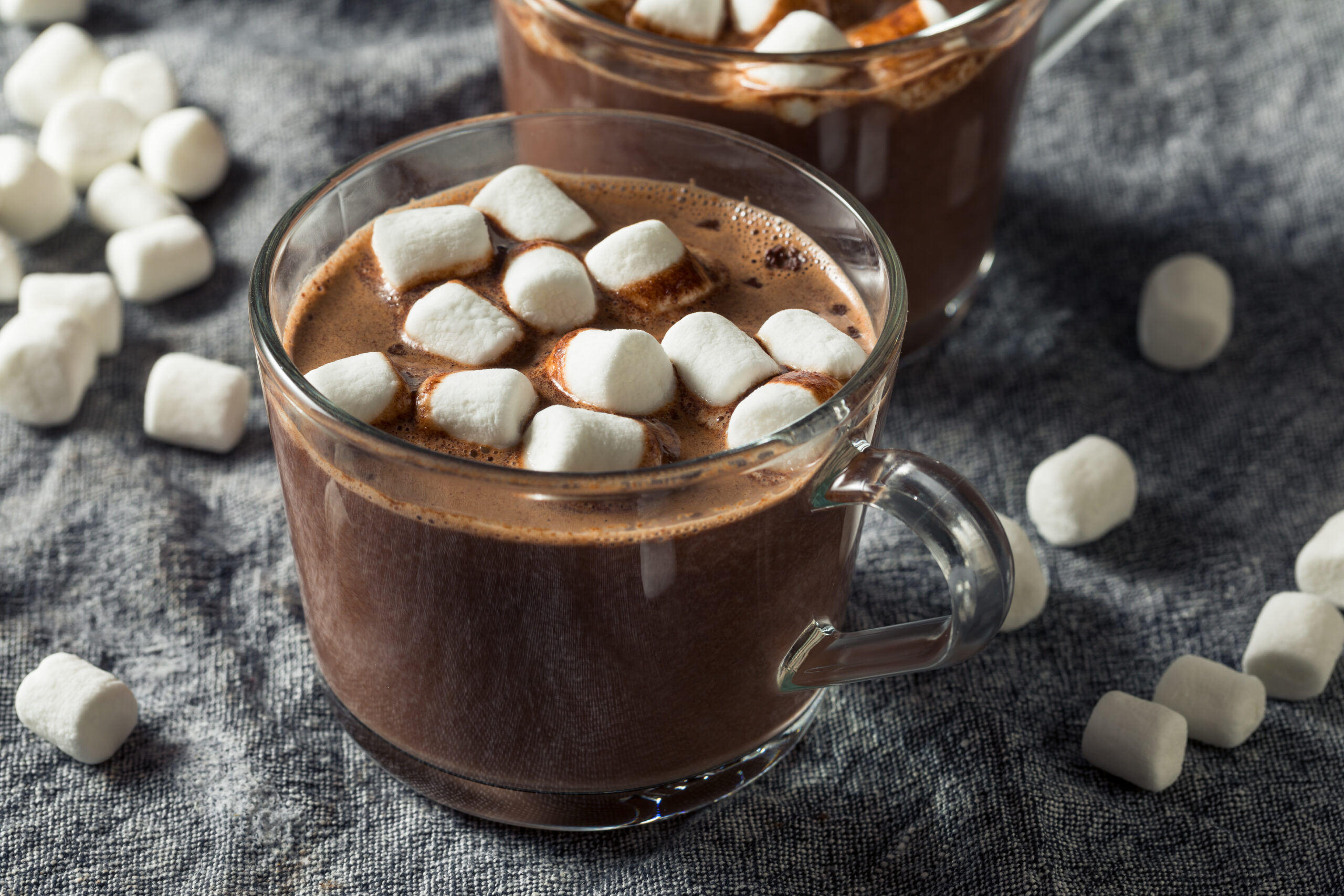
The original hot chocolate looked — and tasted — nothing like the hot cocoa of today.
In fact, it wasn’t even served hot at all. The original drink was created by the ancient Mayan and Aztec people, who made it by mixing cacao paste with water. The beverage also wasn’t sweetened. But when the Spanish took over and brought chocolate (and the chocolate drink) back to Europe, the beverage evolved into a warm sweetened drink reminiscent of today’s hot cocoa.
11. Yogurt
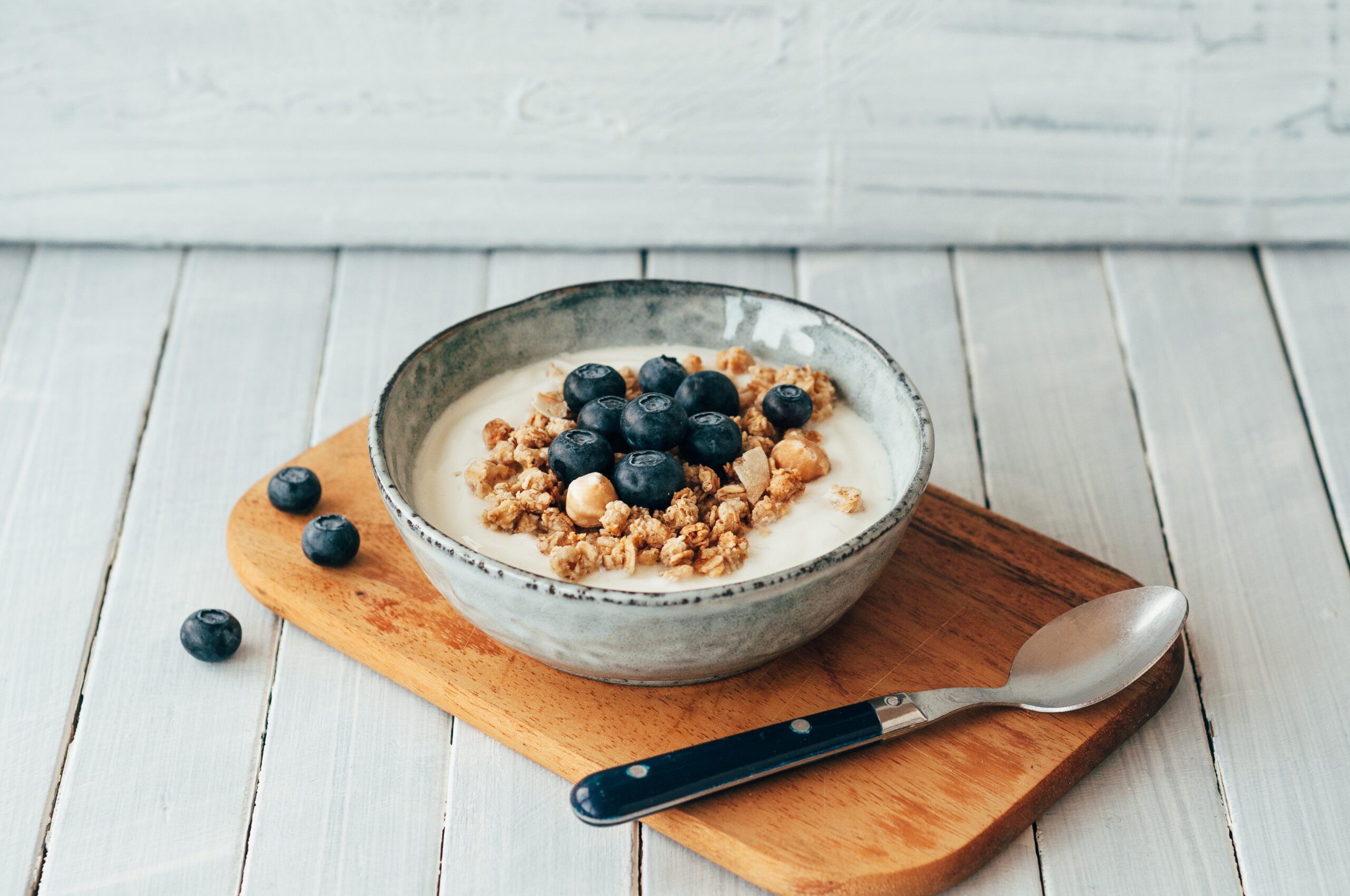
In ancient times, milk was stored in animal stomachs.
The good bacteria in the stomachs curdled the milk, essentially turning it into yogurt. It also stopped the bad bacteria from spoiling the milk, which extended its shelf-life and made it travel-friendly. Today, thousands of years later, commercial yogurt is no longer made with animal gut bacteria. It’s made with Lactobacillus bulgaricus, a bacteria that was discovered by microbiologist Stamen Grigorov in 1905.
12. Eggs Benedict
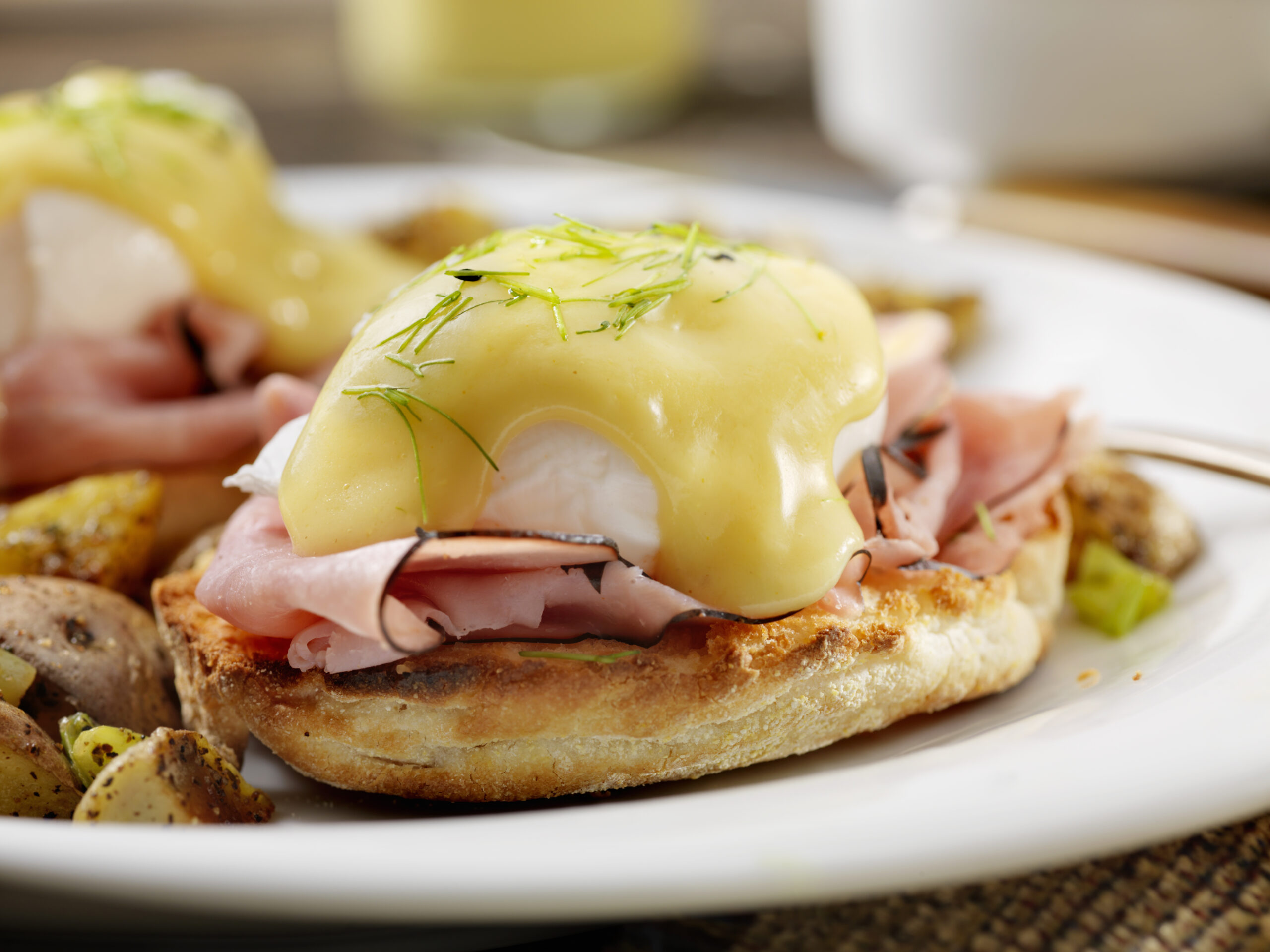
Depending on which story you look at, eggs Benedict may or may not have changed much throughout history.
In one version, Delmonico’s Restaurant created the recipe in the 1860s. Allegedly, a regular customer named Mrs. LeGrand Benedict asked the chef to make her something new for lunch. The chef, Charles Ranhofer, created “Eggs la Benedick,” which involves the same ingredients as today’s Eggs Benedict: toasted English muffins with cooked ham, poached eggs, and Hollandaise sauce. The recipe was published in his 1894 book, The Epicurean.
But another version says that the first eggs Benedict was made with normal toasted bread and crispy bacon.
According to a December 1942 issue of The New Yorker, a Wall Street broker named Lemuel Benedict ordered “some butter toast, crisp bacon, two poached eggs, and a hooker of hollandaise sauce” at New York’s Waldorf Hotel. The hotel’s chef, Oscar Tschirky, loved the recipe so much that he added his own version to the menu. Apparently, he replaced the crisp bacon with Canadian bacon and swapped the toasted bread for toasted English muffin, and the modern eggs Benedict was born.
13. Croissant
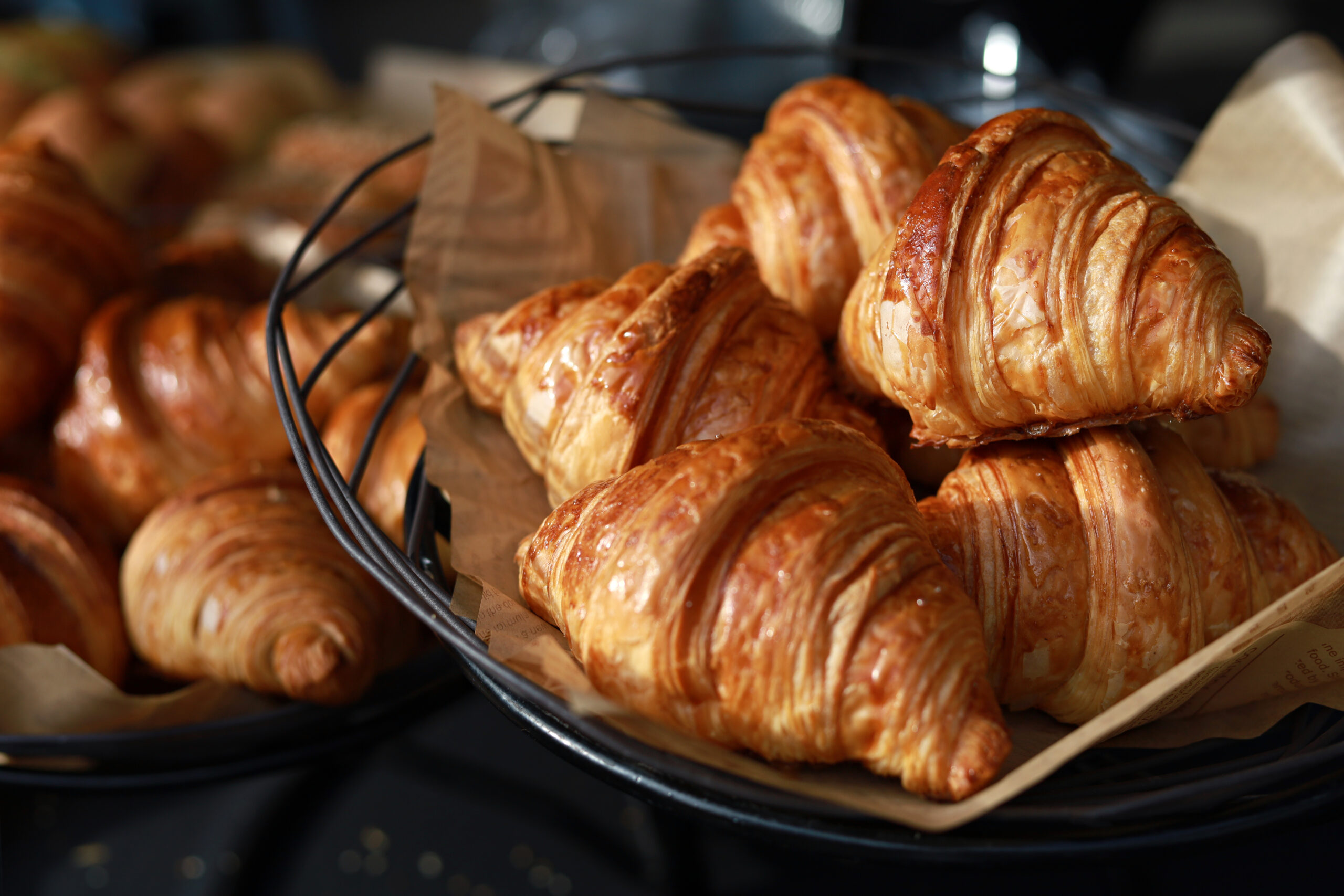
Croissants may be known for their flaky dough, but this wasn’t always the case.
That’s because the croissant is based on the kipferl, an Austrian pastry that’s made in various shapes. The kipferl, which is less flaky than the modern-day croissant, has been around since the 13th century. It wasn’t until August Zang, who owned a pastry shop in Paris, sold kipferl that was flakier than usual. Locals also started to call the pastries “croissants” because of their crescent shape. Today, croissants have carved out their own tasty category in the world of pastries.
14. Scones
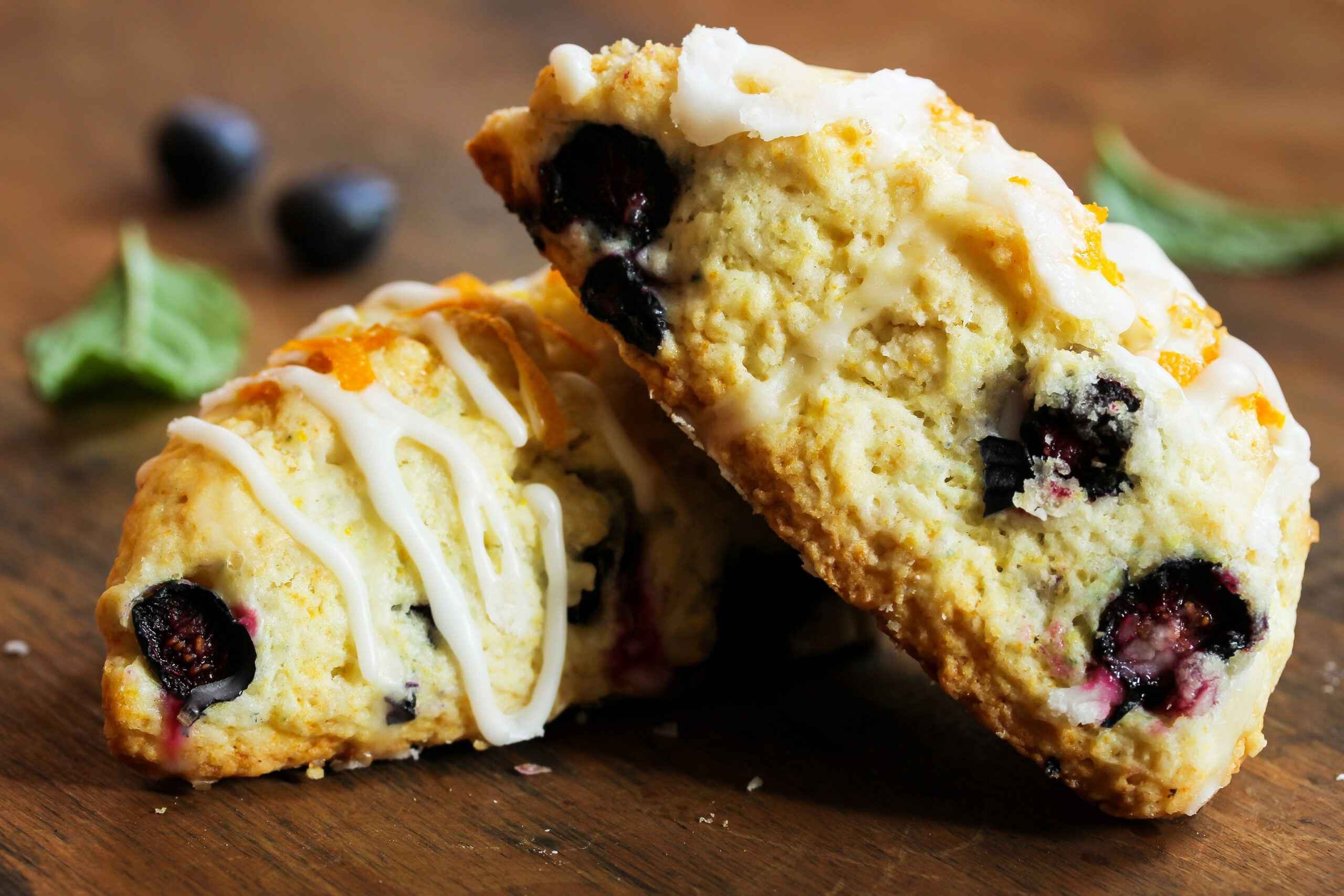
Allegedly, the first scones were baked in Scotland during the 16th century.
Scones were originally made with oats or barley flour. Modern-day scones, however, are typically made with wheat flour. The dough, which was cut into four or six triangles, was also baked on a griddle over a fire. Eventually, scones were baked over a stove top, and then in the oven. Something tells us griddle-baked scones would be delicious, though.
15. Omelette
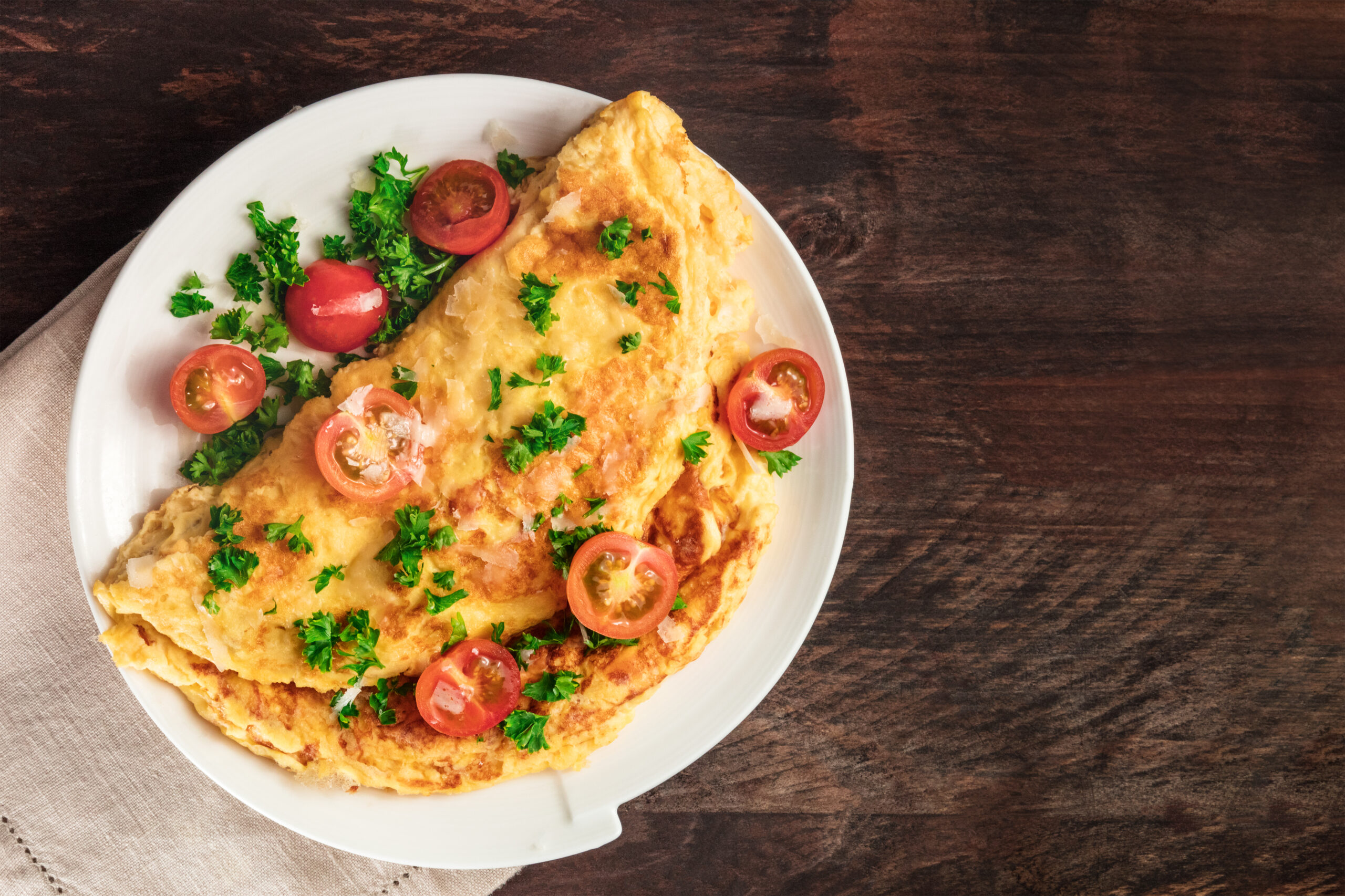
The first omelettes were made with honey and black pepper.
Back in the 4th century, the ancient Romans ate a meal called “ova spongia ex lacte,” which means honey omelette. The recipe called for four eggs, half a pint of milk, and oil. It was then folded and eaten with a drizzle of honey and a dash of pepper. And while you’ll no longer find eggs with honey and pepper these days, the combo is apparently delicious.

